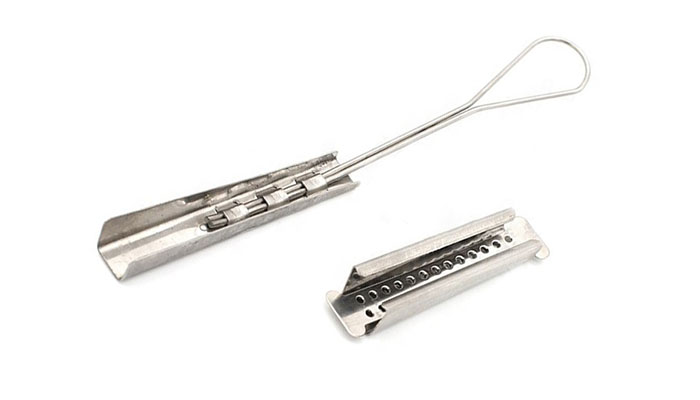
A drop wire clamp is a wire that hangs down from the main transmission line to connect to a distribution line. It helps to deliver electricity to homes, businesses or other end-users. The drop wire helps to bridge the gap between the main transmission line and the distribution system. This allows for a more efficient and flexible distribution of power. The drop wire facilitates the connection between higher-voltage transmission lines. It is from materials designed to withstand the diverse climatic condition of South America. This is to ensure reliable power distribution in rainforests, deserts and high-altitude regions. Common examples of drop wire clamp include bolted wire clamp, parallel jaw clamps, suspension clamps and compression clamp. They find use in applications such as distribution systems, residential electrification, telecommunication cabling and renewable energy.
Key features of drop wire clamp
Drop wire clamps have various features that help to ensure their safety and reliability in overhead lines. They ensure they meet the specific requirements of the intended applications. The following are the key features of the drop wire clamp.
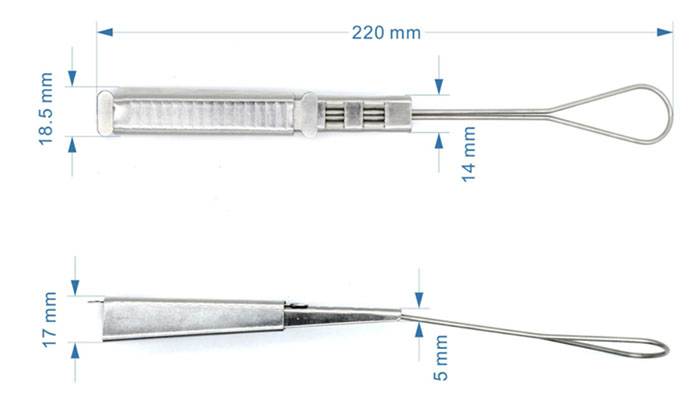
- Material – it is from materials such as galvanized steel, aluminum or stainless stee. They help to ensure longevity and resistance to environmental conditions.
- Secure fastening mechanism – they include mechanisms such as bolts, wedges or compression fittings. This is to ensure a strong and reliable connection between the drop wire and the main transmission line.
- Insulation – the drop wires consist of insulating components to prevent electrical contact between the wire and the support structures.
- Adjustability – this allows for changes in tension to accommodate different installation requirements.
- Load distribution – they help to distribute the load to prevent excessive stress on the wire. It also helps ensure stability in various conditions.
- Resistance to mechanical stress – they also help to provide a secure and stable connection even in situations.
- Corrosion resistance – drop wire clamps have designs to resist corrosion. This makes them suitable for use in diverse climates.
- Versatility – they are available in different wire sizes and types. This allows for flexibility in various applications.
- Ease of installation – the design of the drop wire clamps prioritizes ease of installation to reduce the time and effort for connection.
Selection and installation of drop wire clamp
The selection of the drop wire clamp should ensure a secure and reliable connection in overhead transmission systems. It includes considering various factors such as wire type and size, application type, load capacity, material, fastening mechanism and environmental conditions. The installation involves connecting the drop wire to the main transmission line. The following is a basic installation process for the drop wire clamp.
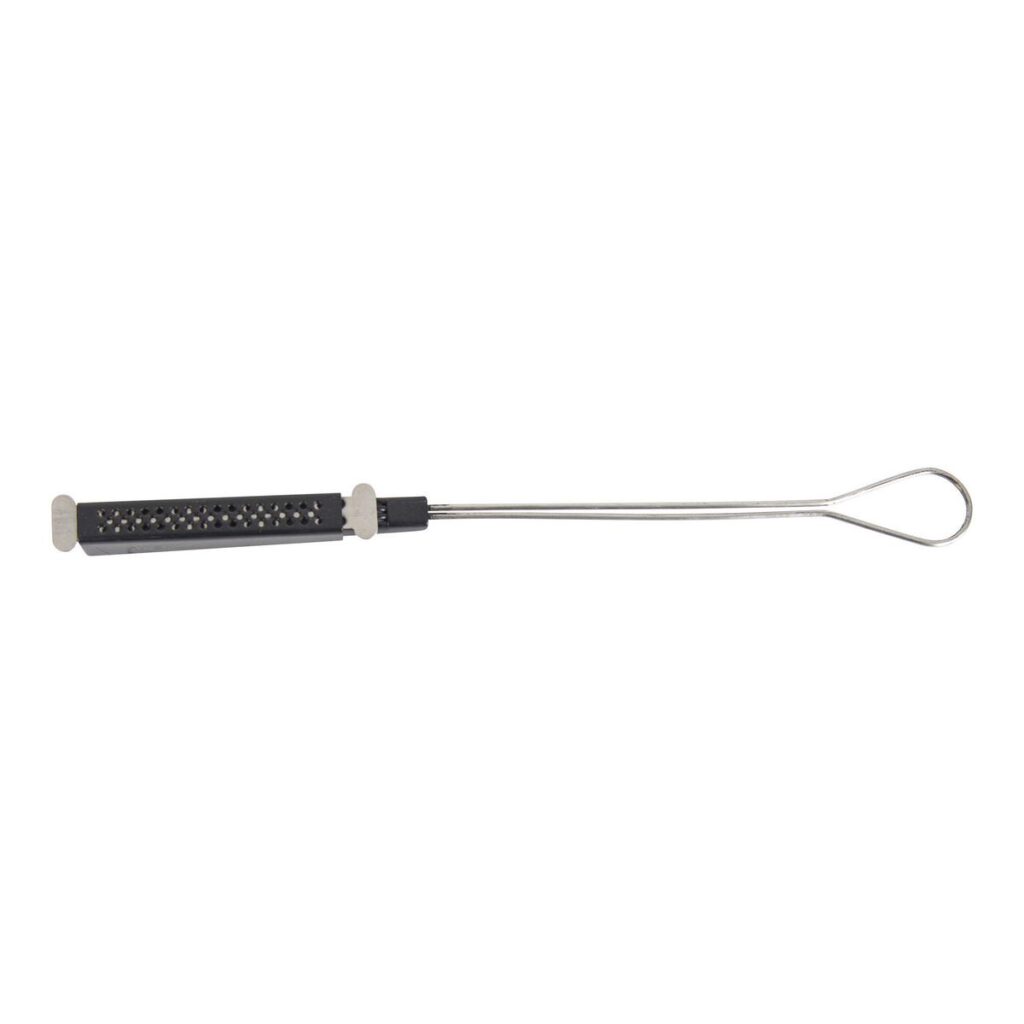
- Preparation – gather all the necessary tools required for the installation. This includes drop wire clamp, bolts, nuts, wrenches and safety gear.
- Installation point – determine the suitable location on the main transmission line where the drop wire clamp will install.
- Prepare the drop wire – clean the drop wire to ensure it is free from and damage and the correct size and type for the clamp.
- Position the clamp – hold the drop wire clamp in position on the main line and ensure it aligns with the direction of the drop wire.
- Secure the clamp – use bolts, nuts and washers to secure the drop wire clamps. Insert the bolts through the holes in the clamp and tighten the nuts using the suitable wrenches.
- Adjust tension – make the necessary adjustments to achieve the desired tension in the drop wire.
- Inspection – perform a visual inspection to ensure the drop wire clamp is well fastened and positioned.
- Functionality tests – perform functionality test to ensure the drop wire is securely held in place. Ensure the clamp provides the necessary support.
- Documentation – keep records of the installation. This is including the type of drop wire clamp used, installation date and adjustments.
Maintenance and inspection of drop wire clamp
Frequent maintenance and inspections help to ensure the continued reliability and performance of drop wire clamps. It also helps to identify any potential issues that may cause failures and accidents. Additionally, it is advisable to perform professional maintenance and inspection of the drop wire clamp. The following is a basic guide for maintenance and inspection for drop wire clamp.
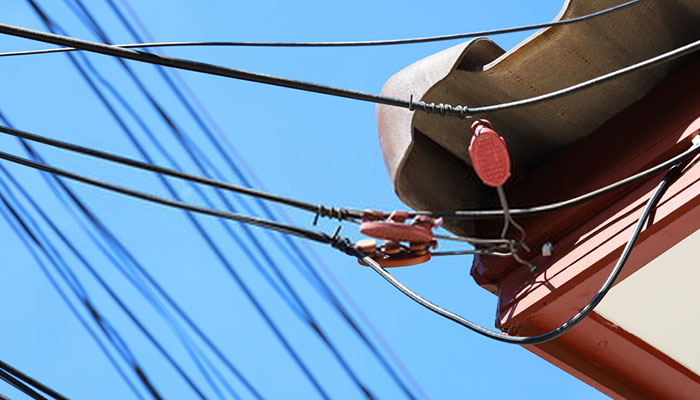
- Establish regular inspections routines to catch potential issues early on. a
- Perform visual inspections of the drop wire clamps to check for signs of wear, corrosion or any physical damage. inspect the bolts, nuts and other fastening mechanisms for tightness and integrity.
- Ensure the drop wire clamps are free from dirt, debris and any materials that could affect their performance.
- Lubricate the drop wire as advised by the manufacturer to prevent friction and wear.
- Check the tension settings and make any necessary adjustments to maintain the desired level of tension in the drop wire.
- Consider the environmental conditions in the area to protect the drop wire clamps from damage. These may include extreme weather or other harsh conditions.
- Inspect the main transmission where the drop wire clamps attach to ensure they are sound and capable of supporting the load.
- Check the signs of corrosion on the drop wire clamps especially in areas with high humidity or exposure to salt spray.
- Verify the stability of the connections between the drop wire and the main lines. Check the bolts, nuts or other fasteners are securely tightened and in good condition.
- Inspect the drop wire clamp for signs of damage or wear. Ensure the insulation is providing effective electrical isolation.
- Check the effectiveness of any vibration dampening features and look for signs of wear or deterioration.
- Conduct functionality tests to ensure the drop wire clamps perform their intended function. This may include checking tension levels in adjustable clamps.
- Maintain records of maintenance activities including dates of inspections and any adjustments made.
Comparative analysis of drop wire clamps in South America
Conducting a comparative analysis of drop wire clamps includes evaluating various aspects of different types or brands of clamps. It also includes considering the specific needs and conditions in South America, countries. Additionally, it is advisable to consult with industry professionals for guidance on the best drop wire clamp in the region. The following are factors to include in a comparative analysis for drop wire clamp.
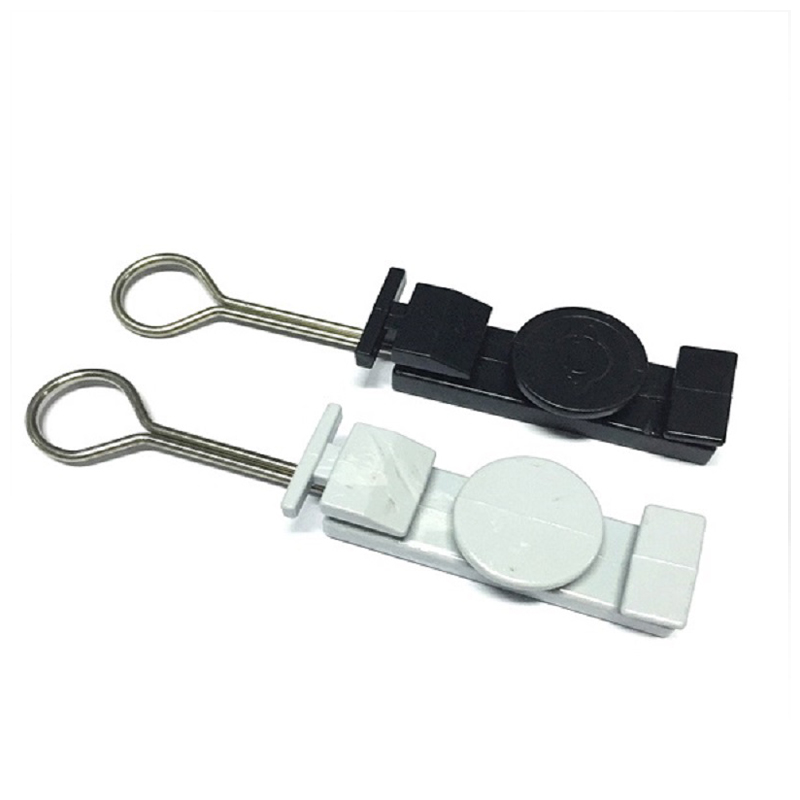
- Materials – compare the materials used in different drop wire clamps. Check their durability, resistance, corrosion and longevity.
- Load capacity – compare the load-bearing capacity of the drop wire clamps. Consider their ability to handle tension, vibrations and different weights.
- Insulation features – check the insulation features to ensure safety, preventing electrical contact between the drop wire.
- Cost and affordability – analyse the cost effectiveness of each drop wire clamp. Consider the initial buy costs and maintenance requirements.
- Vibration dampening – check the effectiveness of vibration dampening features in areas prone to wind.
- Application needs – assess the suitability of each drop wire clamp for different applications like urban infrastructure.
Certifications and standards in South America
There are various certifications and standards for drop wire clamps to adhere to the specific regulations and norms. Always ensure the drop wire clamps meet the specific requirements of the local electrical codes and regulations. Additionally, manufacturers and suppliers should provide documentation and information regarding the compliance. The following are the various certifications and standards in South America for drop wire clamps.
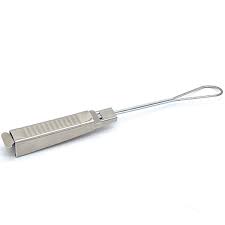
- IEC standards – these are standards which specifies overhead line fittings and devices for conductor.
- ISO certifications – these offer guidelines for quality management systems. Manufacturers should demonstrate commitment to quality in their production processes.
- Regional standards – some countries adopt might adopt standards when it comes to electrical safety and performance.
- Country-specific standards – these are standards in various countries for overhead lines like drop wire clamps. These include ABNT in Brazil, IRAM in Argentina, INN in Chile and ICONTEC in Colombia.
Regional market for drop wire clamps in South America
There are various factors that influence the regional market for drop wire clamps in South America. These factors include regions economic development, infrastructure projects, electrification efforts and growth of various industries. Additionally, it is advisable to consult industry reports. Market research industries and local business. The following are factors that shape the regional market for drop wire clamp.
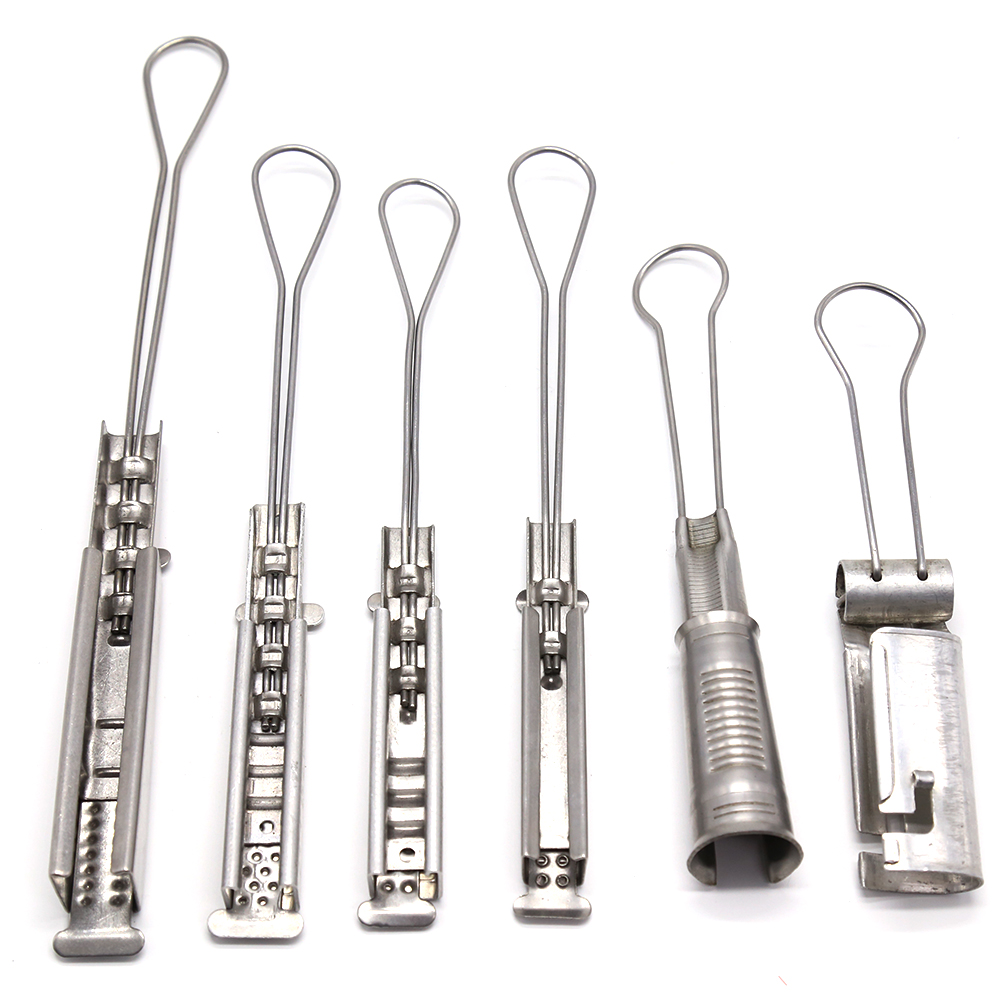
- Urbanization trends – these can drive the need for improved power distribution networks leading to increased demand for drop wire clamps.
- Electrification efforts – this can drive demand for drop wire clamps to extend the power access in the region.
- Economic factors – this impacts the overall demand for infrastructure components such as drop wire clamps.
- Technological advancements – innovation and advanced technologies in the design and manufacturing of drop wire clamps.
Frequently asked questions
A drop wire is a component used in overhead transmission and distribution systems. It works in applications such as distribution networks, urban infrastructure projects and rural electrification efforts in South America.
Drop wire clamps should complywith relevant international standards such as IEC or ISO and any local standards. Common standards include ABNT in Brazil, IRAM in Argentina or other depending on the country.
Consider factors like humidity, temperature extremes and potential exposure to salt spray. Select clamps designed to withstand the environmental conditions specific to the region.